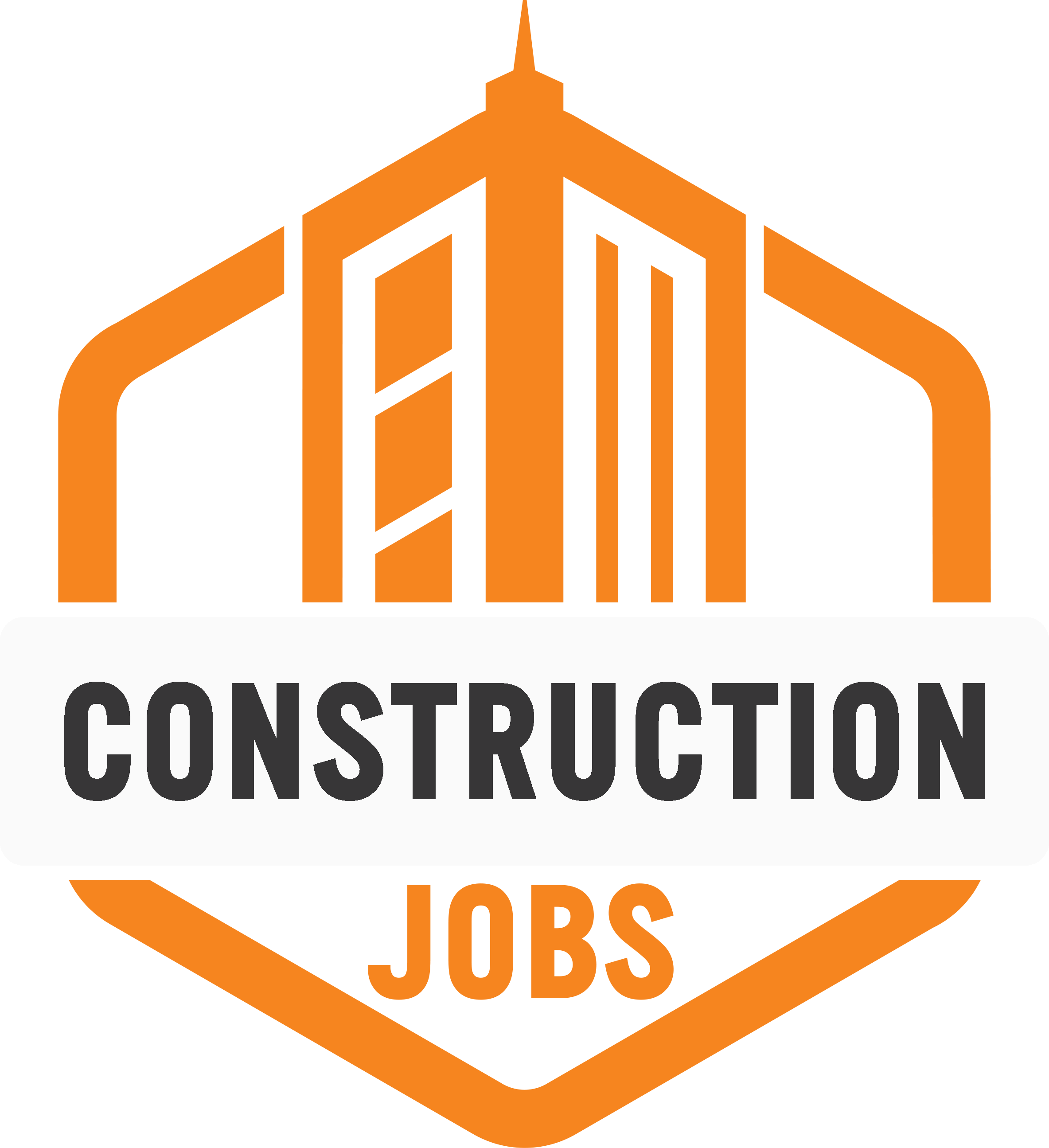How to Streamline Productivity Despite Supply Chain and Labor Shortages
Addressing construction challenges with tech, security, worker support, and training.

Material shortages and a lack of skilled laborers have brought the construction industry to a screeching halt. Projects are taking longer to complete, and the global housing shortage continues to worsen as a result. How can builders streamline their workforce’s productivity despite these unprecedented obstacles?
Modern problems require modern solutions. Managers must take a multifaceted approach with these four crucial strategies to complete their projects on time and help the construction industry move forward.
1.Update Information Systems
Traditional project planning and documentation methods aren’t fast or efficient enough to keep up with today’s construction projects. If you’re still making spreadsheets and drawing actual blueprints, you need to make some updates. Two fields of technology can help managers speed up their information processing: building information modeling and cloud computing.
Building designs often undergo many changes during preconstruction. Each change poses another risk that the project will get delayed. Building information modeling (BIM) offers a simple solution, providing you with complete adjustable digital plans that you can edit in seconds without throwing off the whole project timeline.
BIM addresses the growing issue of poor design management. Architectural design deficiencies significantly impact maintenance costs and shorten buildings’ life spans, which the construction industry cannot afford. Managers can use BIM to identify these deficiencies before breaking ground, saving everyone time and money.
While BIM works to solve preconstruction planning problems, cloud computing has solved the issue of unorganized documentation. Instead of walking around with a handful of papers, you can store your essential documents on a centralized cloud. You and your team can access the cloud from any device, streamlining collaboration around the worksite and keeping the project moving.
Cloud computing also simplifies miscellaneous management tasks, including employee payments, training, safety procedures, and inventory organization. The rise of cloud applications could be exactly what’s needed to solve the supply chain’s vulnerabilities and get the global economy back on track.
2.Heighten Job Site Security
Data encryptions, ransomware attacks, and other cyberthreats will become more frequent and severe as construction becomes more tech-centric. You must fight fire with fire, combating these online dangers with the best cybersecurity tools to secure your information.These devices contribute to an overarching theme of increasing visibility along the supply chain.
Construction has always been a high-risk field, with thousands of workers dying yearly. You can do more to make your job sites safer. New supervision methods have emerged, the most successful being drone surveillance. Artificial intelligence security software can analyze footage and detect suspicious or unsafe activity around the site.
Proper storage is also more important than ever, with the price of tools and equipment at all-time highs. You can’t afford to pay for theft and weather damage. Ensure your storage facilities have strong defenses. Roll-up doors are great for construction purposes, limiting noise pollution and lasting for decades with basic maintenance.
3.Equip Workers for Success
The construction industry is short by more than 430,000 laborers in the United States alone. The shortage is projected to increase as thousands of workers are nearing retirement. You must equip your loyal employees with advanced tools to pick up the slack.
For starters, they need in-depth analytics software to help them make informed decisions and compensate for the lack of labor. Armed with these tools, construction workers can identify and address problems in preconstruction planning, material deliveries, and building practices around the site. Increasing visiblity is crucial for overcoming supply and labor shortages.
On a smaller scale, you can equip your employees with wearable digital tools to streamline their productivity. Like fitness watches, these wearables track activity levels, steps taken, heart rate, and other relevant performance indicators. You can’t afford to have an unhealthy workforce. Wearables will keep employees on task and prevent health emergencies.
Construction companies also lack other essential materials like concrete, steel, and lumber. You can’t do much to directly solve these shortages. However, you can use analytics software and wearables to reduce wasteful habits and get the most out of your company’s supply deliveries.
Access to construction vehicles has become another problem due to high fossil fuel prices and a commercial shift to electric vehicle production. If you’re struggling to afford gas-powered equipment, switching to EVs might be your best option. A widespread push for sustainability is one of the construction industry’s most important responsibilities moving forward.
4.Optimize Employee Training
Every employee on the site must appreciate all the risks and their consequences. They can’t afford to lose their jobs or miss extended time due to injuries. As a manager, you also don’t want to lose any more hands, with staffing shortages already at dangerous levels.
You must use an optimal training program with equipment operation and organization lessons. Employees need to have explicit protocols for operating equipment, navigating the work site, responding to emergencies, and making on-the-fly adjustments to the project.
A rigorous training regimen also calls for a generous reward system. Show your appreciation for your loyal employees and give them a clear sense of purpose to keep them satisfied and engaged. Unsurprisingly, workers who feel appreciated are likelier to stay with the company than those who feel neglected.
Appreciation is especially important for high-turnover industries like construction and retail. It’s no easy task retaining the same workers year after year. You can show your gratefulness for their hard work in many creative ways:
- Set a measurable goal for the team before each new project. If they meet it, reward them with a free lunch, extended break, or small bonus.
- Celebrate anniversaries, milestones, and achievements. For example, a new worker might be showing improvement on a specific task. Give them some of the spotlight.
- Maintain the troops’ morale with constant positive reinforcement. Construction is hard work, so you need to keep their spirits high.
Regardless of the supply and labor conditions, the most productive construction sites must have supportive cultures, starting with the manager. In this exhausting profession, employees ought to receive their due credit. They’re keeping the industry afloat and deserve recognition beyond a paycheck.
Rebuilding the Construction Industry One Step at a Time
The construction industry has faced several setbacks in the last few years. It’s dealt with stagnant supply chains, material shortages, mass resignations, high gas prices, and theft. Business leaders must rebuild the sector one step at a time through new technology, tighter security, and a greater emphasis on fostering the workforce’s growth.
Author: Rose Morrison is a freelance writer in the construction industry and the managing editor of Renovated.
- Share This →

